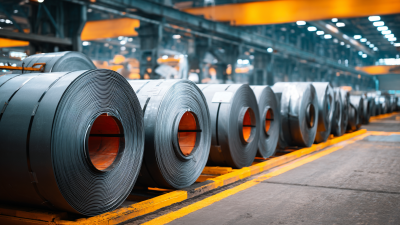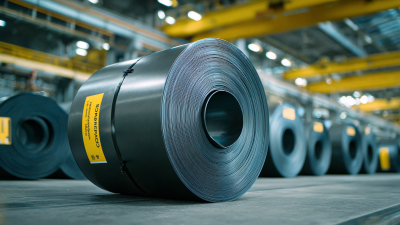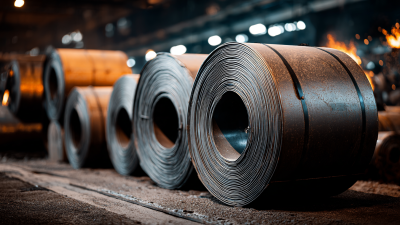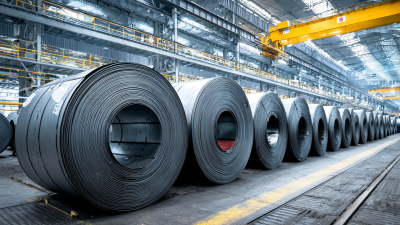Selecting the appropriate Carbon Steel Strip Coil for manufacturing is crucial for optimizing production efficiency and product quality. According to the World Steel Association, global carbon steel production reached 1.88 billion tons in 2020, with strip products accounting for a significant portion of this output due to their versatile applications in numerous industries, ranging from automotive to construction. The right carbon steel strip coil can enhance mechanical properties, maintain dimensional accuracy, and reduce material waste, ultimately contributing to cost-effective operations.
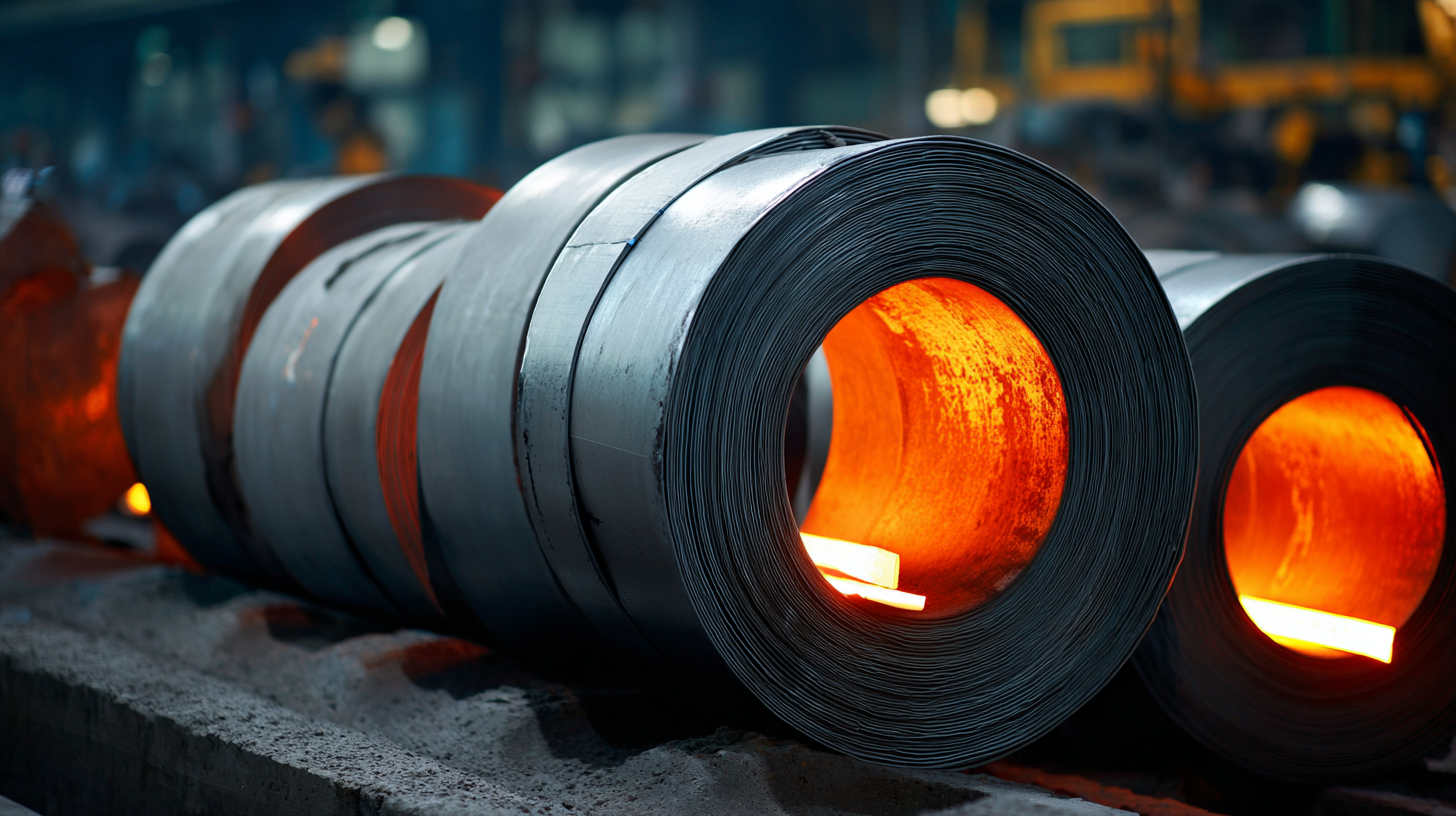
Moreover, research from the American Iron and Steel Institute highlights that advancements in manufacturing processes and material science are leading to an increased demand for customized carbon steel solutions, making it imperative for manufacturers to thoroughly assess their specific requirements before making a selection. By understanding the various factors that influence the choice of carbon steel strip coil, businesses can ensure they meet both operational demands and industry standards effectively.
When selecting a carbon steel strip coil for manufacturing applications, understanding its properties is paramount. Carbon steel strip coils are categorized based on their carbon content, which directly influences their strength and ductility. According to the AISI, low carbon steel (with less than 0.25% carbon) is highly malleable and ideal for applications requiring extensive forming and welding. In contrast, medium carbon steel (0.25% to 0.60% carbon) offers increased strength and is better suited for applications like automotive components, where a blend of toughness and wear resistance is necessary.
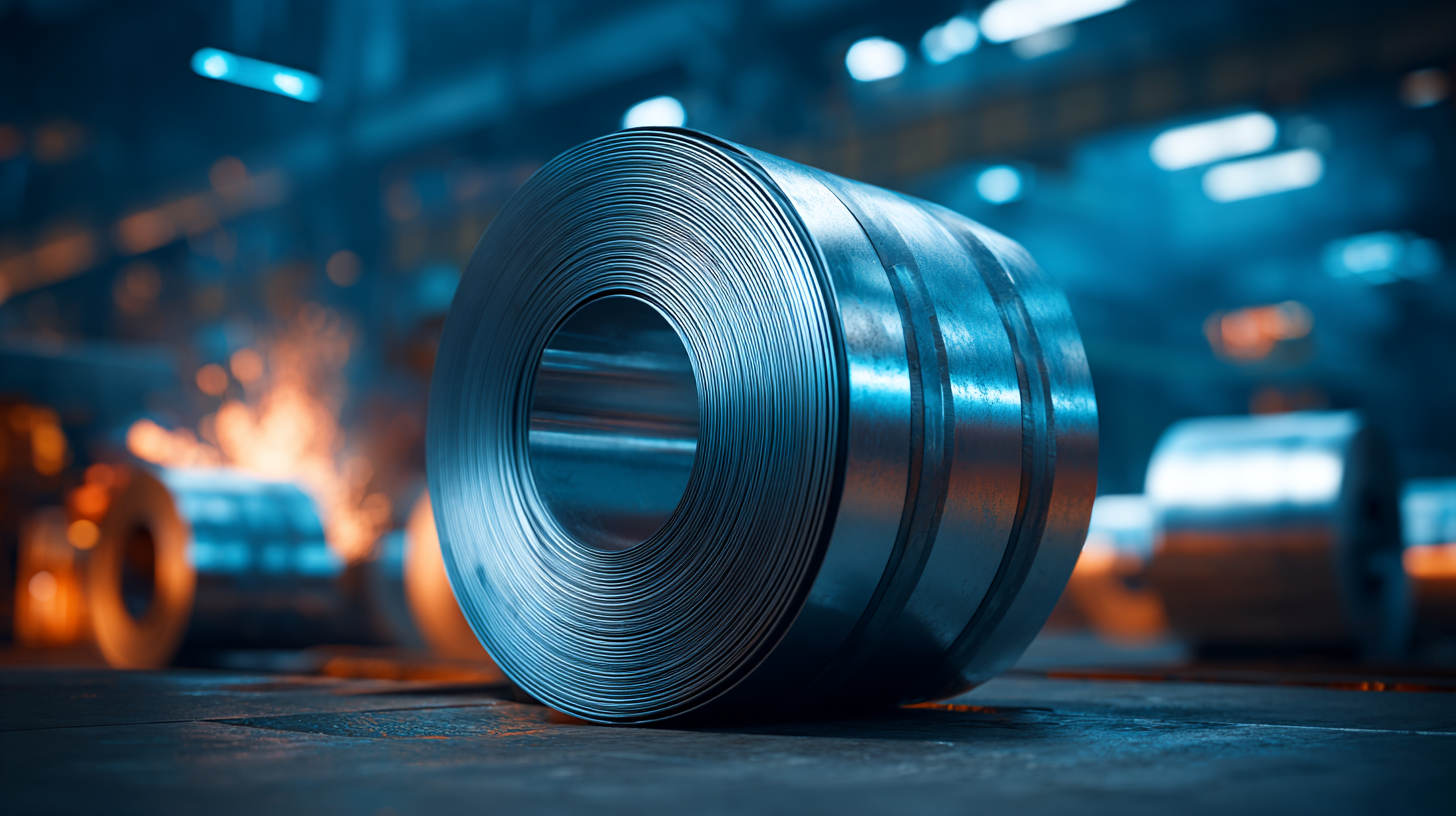
Moreover, the mechanical and thermal properties of carbon steel strip coils can significantly impact their performance in different manufacturing processes. For instance, the yield strength of medium carbon steel can range from 200 MPa to 600 MPa, depending on the specific alloying elements used. A recent report by the World Steel Association highlights that better tensile strength can improve the durability of the end product and reduce the likelihood of failure during intense operational conditions. Understanding these properties not only aids in selecting the appropriate material but also enhances production efficiency and product longevity.
When selecting the right carbon steel strip coil for manufacturing, understanding the importance of carbon content is essential. The carbon content significantly influences the mechanical properties of steel, particularly its strength and ductility. According to a report by the American Iron and Steel Institute, varying the carbon content from low (0.05% to 0.25%) to medium (0.26% to 0.60%) and high (0.61% and above) can lead to considerable changes in material performance. Low-carbon steels tend to exhibit superior ductility, making them ideal for applications requiring extensive forming and welding, whereas higher carbon contents often result in increased tensile strength and hardness, rendering these materials more suitable for wear-resistant applications.
Furthermore, it's critical to balance the desired strength with ductility in your manufacturing needs. A study published in the Journal of Materials Science highlights that as the carbon content rises, the yield strength increases, but ductility can decrease significantly. For instance, medium-carbon steel, which contains approximately 0.30% to 0.60% carbon, can achieve a good compromise, delivering both strength and adequate ductility for automotive components and construction applications. Thus, careful assessment of carbon content is crucial in optimizing the steel strip's performance for specific production demands.
When selecting the right carbon steel strip coil for manufacturing, assessing thickness and width options is crucial for optimizing production efficiency. According to a report by the World Steel Association, the thickness of steel strip coils can significantly impact not only the durability of the final product but also the cost-efficiency of production processes. Thicker strips typically provide greater strength and resilience, which is essential in industries like automotive and construction. For instance, coils that are between 0.5 mm to 3 mm can achieve high tensile strengths without compromising flexibility, making them suitable for a variety of demanding applications.
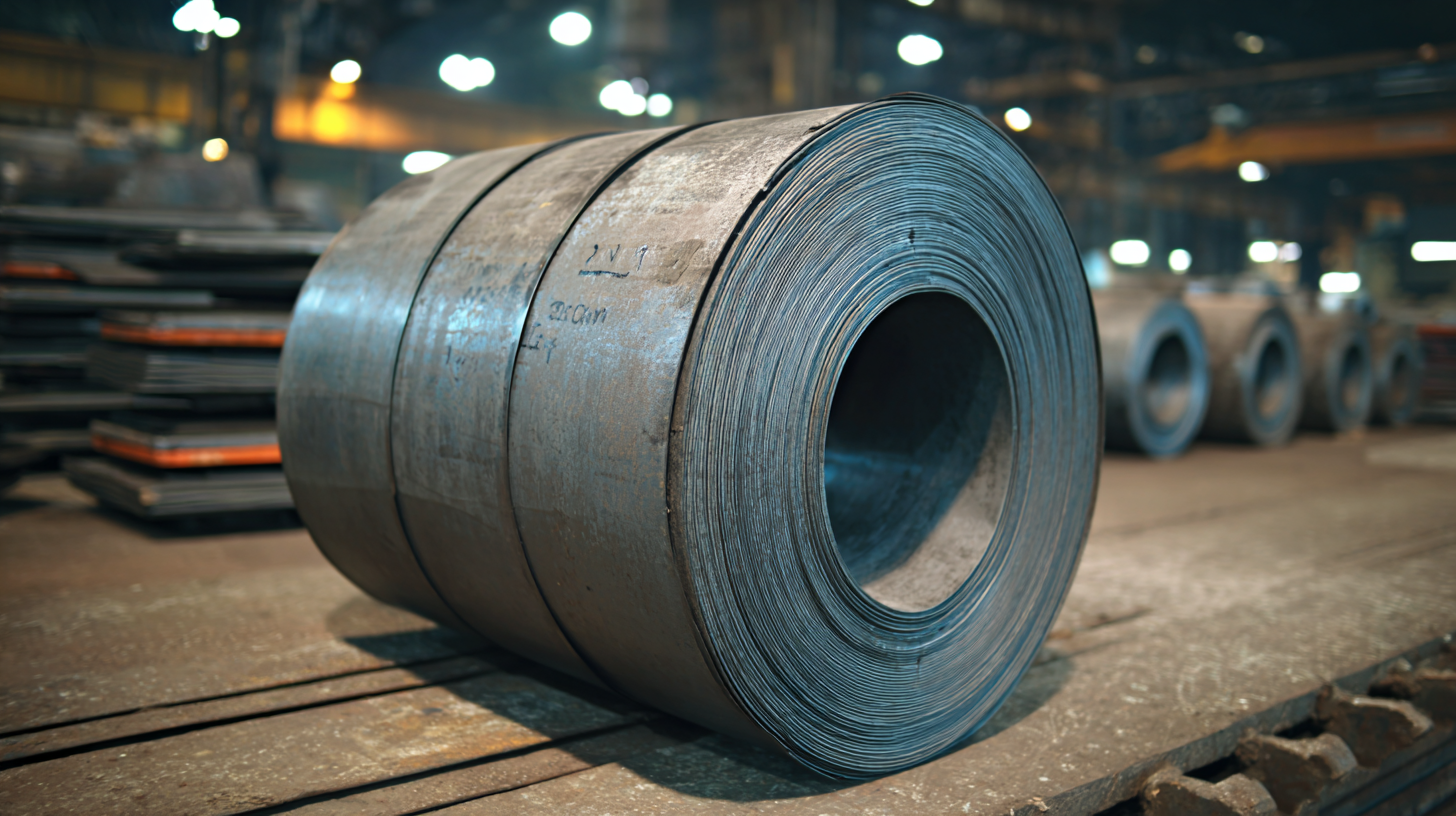
Width is equally important when considering production efficiency. Data from the American Iron and Steel Institute indicates that wide coils (widths over 1,500 mm) can reduce the frequency of necessary coil changes on processing lines, thus minimizing downtime and enhancing throughput. Manufacturers often prefer narrower coils for intricate components, as they allow for better control during cutting and bending operations. Overall, understanding the implications of strip coil thickness and width is vital for manufacturers looking to enhance their operational efficiency and produce high-quality products.
When selecting carbon steel strip coils for manufacturing applications, understanding the implications of heat treatment processes is crucial for optimizing performance. Heat treatment significantly affects the mechanical properties of steel strips, influencing parameters such as hardness, tensile strength, and ductility. According to a report by the American Institute of Steel Construction (AISC), heat-treated steel can enhance strength by up to 50%, making it a preferred choice for demanding applications such as automotive and structural engineering.
Different heat treatment methods, such as quenching, tempering, and annealing, each impart unique characteristics to carbon steel strips. For instance, quenching results in higher hardness but may cause brittleness. Conversely, tempering can reduce brittleness while still maintaining a desirable level of hardness. The Technical Association of the Pulp & Paper Industry (TAPPI) notes that selecting the appropriate heat treatment method can lead to better performance and longevity, potentially reducing the failure rate of steel components by as much as 30%. Therefore, manufacturers must evaluate their specific needs and consider the benefits of various heat treatment processes when choosing carbon steel strip coils for their applications.
| Heat Treatment Process | Temperature Range (°C) | Duration (Hours) | Benefits | Drawbacks |
|---|---|---|---|---|
| Annealing | 600 - 700 | 1 - 5 | Improves ductility and softness | Lower strength |
| Quenching | 800 - 900 | 0.5 - 2 | Increases hardness and strength | Brittleness |
| Tempering | 150 - 700 | 1 - 4 | Reduces brittleness | May decrease hardness |
| Normalizing | 850 - 900 | 1 - 2 | Refines grain structure | Can be time-consuming |
| Carburizing | 850 - 950 | 2 - 10 | Increases surface hardness | Requires additional processes |
When selecting carbon steel strip coils for manufacturing, it is essential to pay close attention to industry standards and certifications. These benchmarks serve as a testament to the quality and reliability of the materials being supplied. Key standards such as ASTM (American Society for Testing and Materials) and ISO (International Organization for Standardization) provide guidelines on the mechanical properties, chemical composition, and manufacturing processes of carbon steel. Ensuring that the product meets or exceeds these standards can significantly influence the performance and durability of the final product.
Additionally, certifications such as CE marking and ANSI (American National Standards Institute) can further enhance confidence in the quality assurance processes employed by suppliers. Companies should verify that their steel suppliers adhere to these certifications, which often involve rigorous testing and auditing procedures. By aligning with certified suppliers, manufacturers can mitigate risks associated with material failure, enhance production efficiency, and ensure compliance with regulatory requirements in their respective industries. This strategic approach not only strengthens the supply chain but also contributes to overall product integrity.
